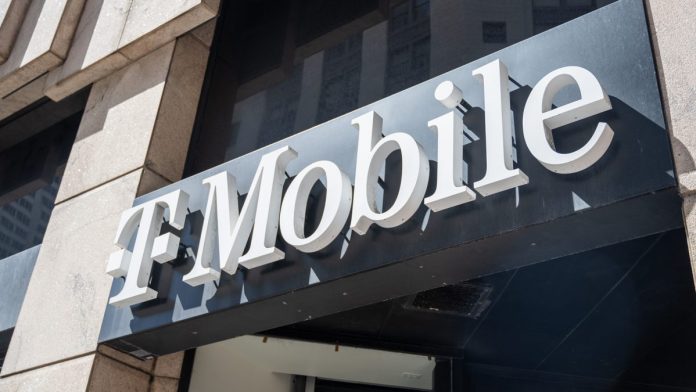If you’re frustrated with video calls or online gaming sessions that drop in and out, you may find a new upgrade from T-Mobile is going to improve your experience. The carrier is rolling out a new low-latency tech to its 5G network to reduce choppiness during intensive tasks.
The technology is called L4S, and it’s designed to improve delays stemming from network congestion which give you a stop and start experience in some apps. L4S means “Low Latency, Low Loss, Scalable Throughput.”
T-Mobile’s blog post says, “L4S consistently delivers low latency, minimal packet loss and real-time responsiveness — even under heavy traffic. It’s a major step forward for performance-driven use cases where every millisecond matters, including cloud gaming, video calling, Extended Reality (XR) and even remote driving.”
T-Mobile is leaning in to next-gen tech, such as remote driving, to talk about L4S with an ad showing what it can do, but many people will first experience the benefits through everyday experiences like FaceTime and other video calling apps.
T-Mobile announced its rollout this week, but it says the tech has previously been available for some in its real-life testing. That may mean you have already used it without realizing. T-Mobile is the first US carrier to offer L4S, but it has been previously introduced elsewhere in the world, including Germany and the United Arab Emirates.
There’s no word yet from AT&T or Verizon whether this tech will be coming to those carriers.
Exactly when you’ll get to use L4S is unclear as T-Mobile has only said it is beginning to rollout across the US from now. There’s no clear roadmap or news of whether T-Mobile is beginning with specific regions.
It’s also unlikely you’ll know when you’re using L4S. As with a lot of carrier tech, it can be difficult to know when an upgrade has begun to work as it’s not clearly labelled as that new tech. The good news is you won’t need anything new to reap the rewards as it will work automatically on your current 5G smartphone.
L4S tech has been used in wired services previously with Xfinity being one of the most recent companies to introduce it in a rollout that began earlier this year.
